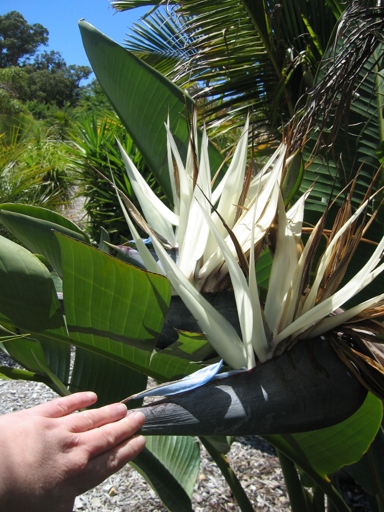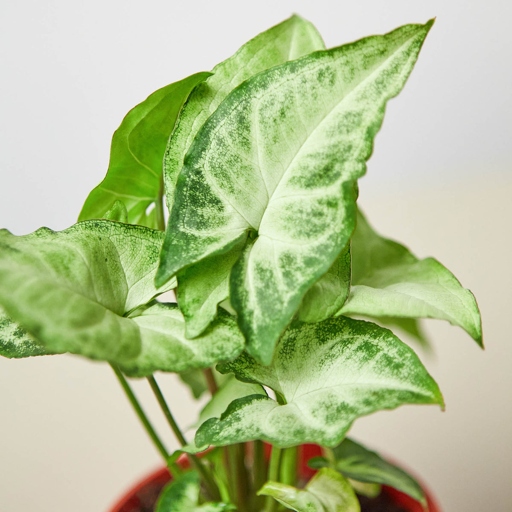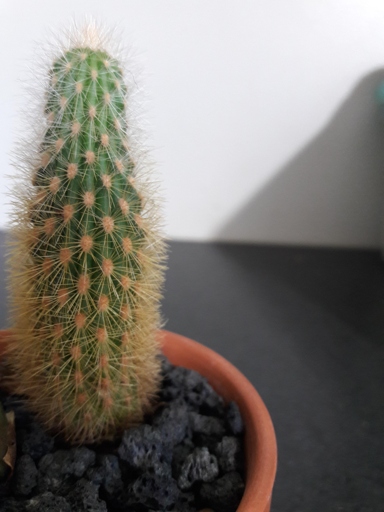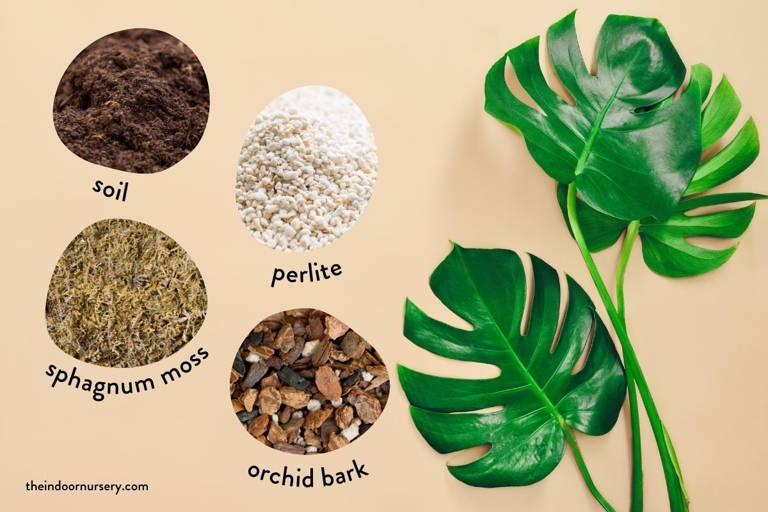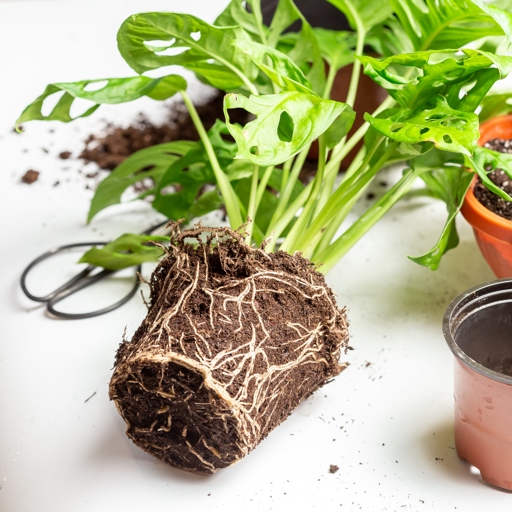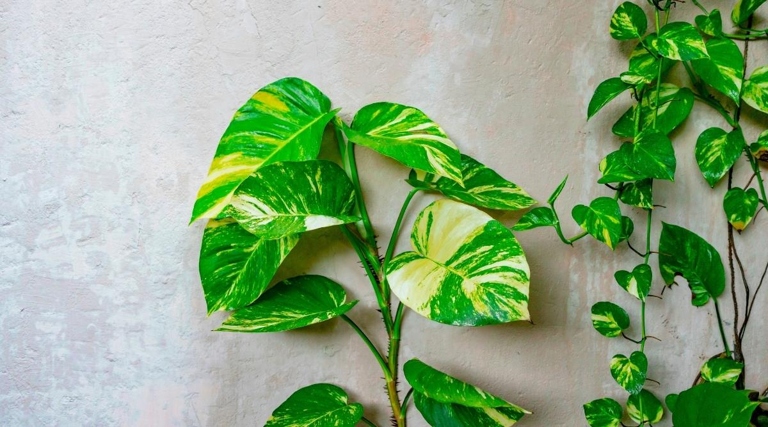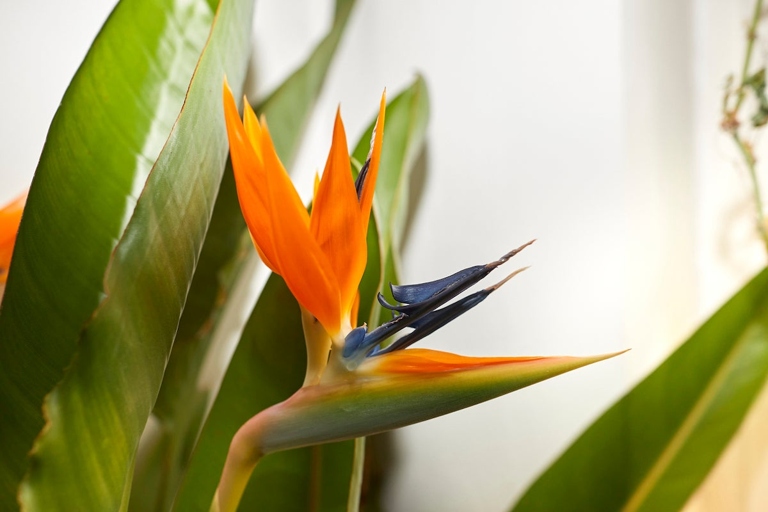How Deep Do Bird of Paradise Roots Go?
In the bird of paradise, the roots play an important role in the plant’s life. They are used to anchor the plant in the ground, to absorb water and nutrients, and to store food. The roots can also be used to support the plant when it is flowering or fruiting.

